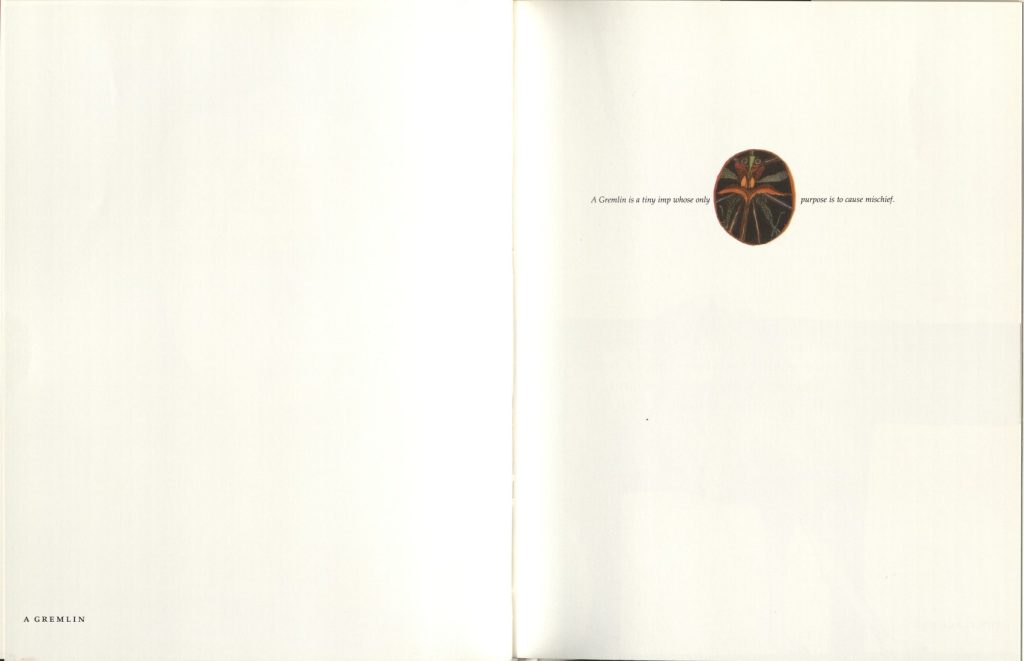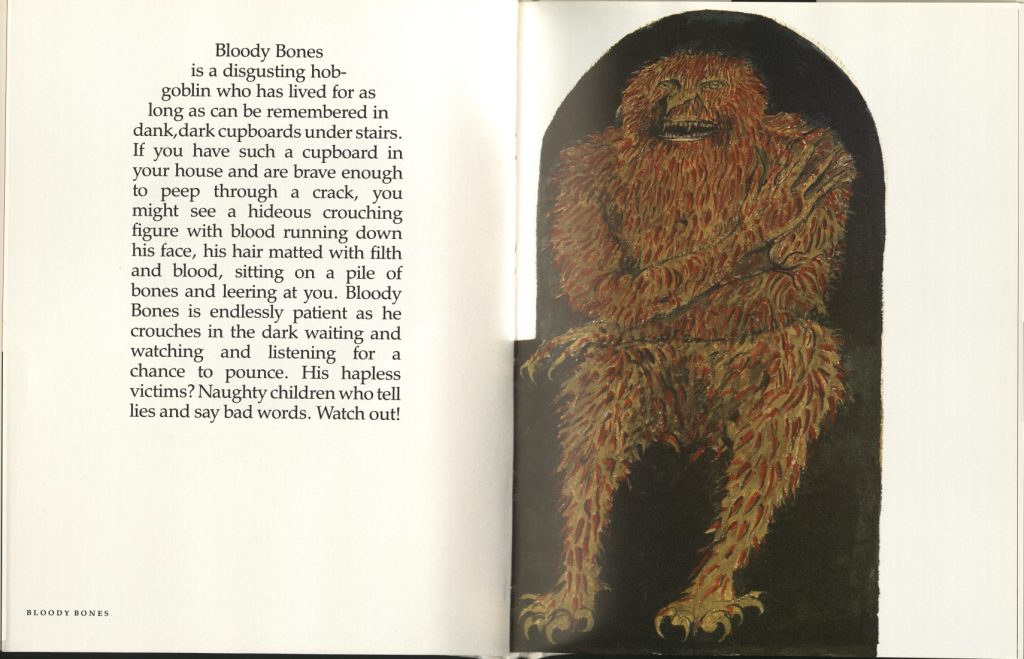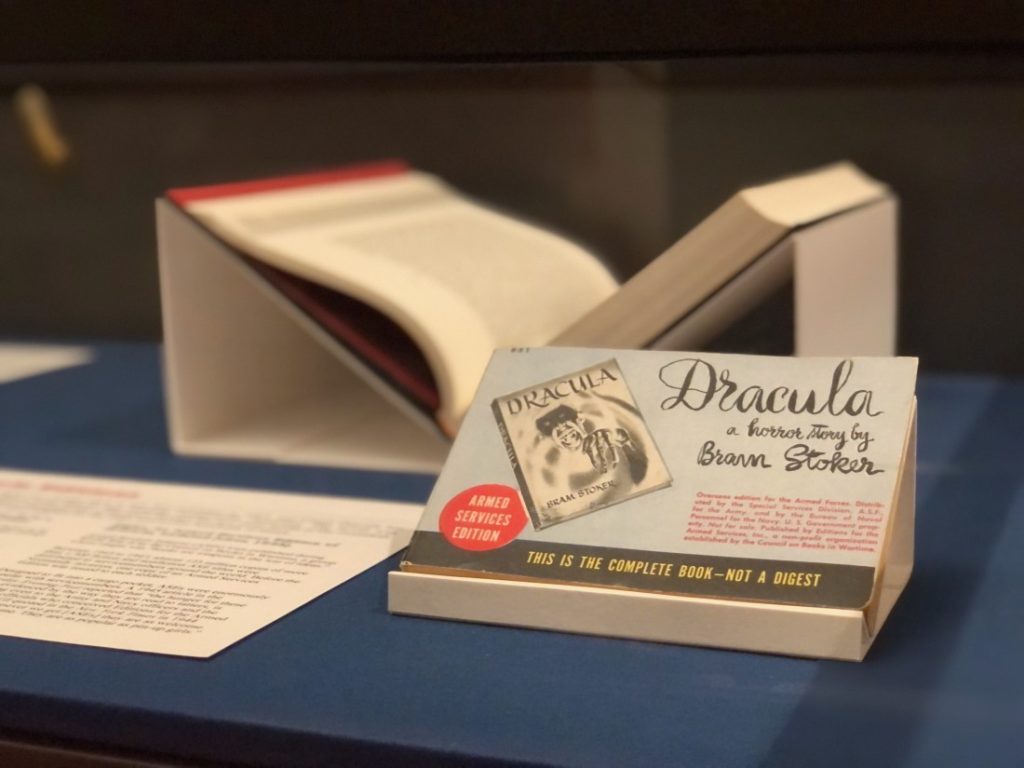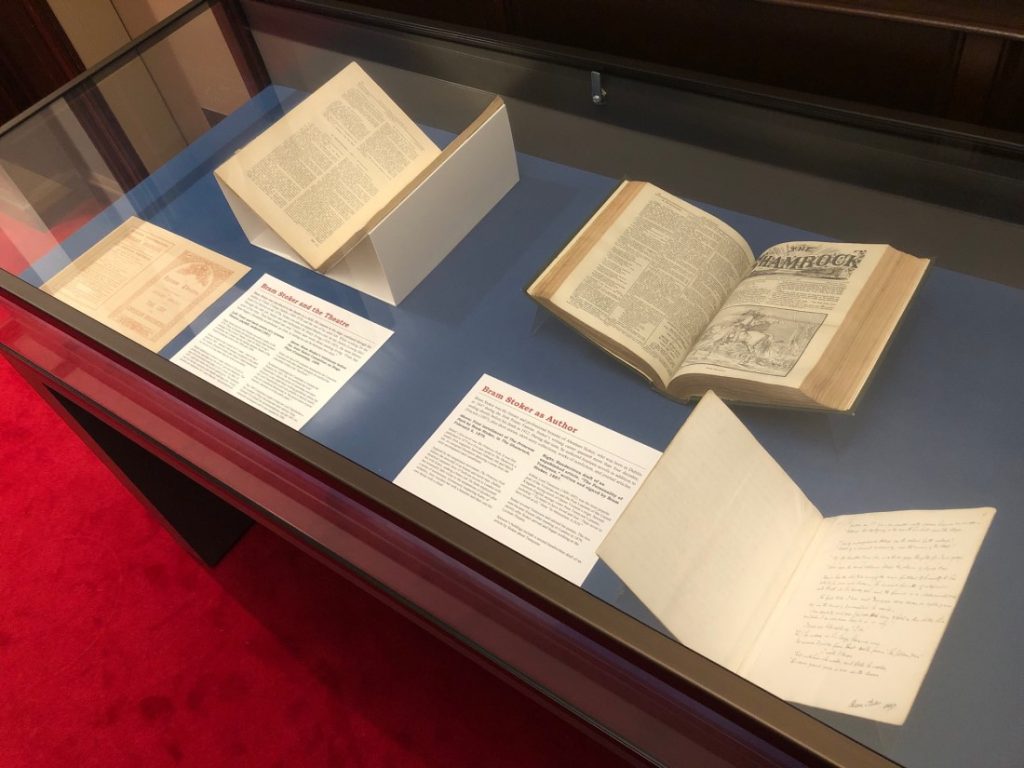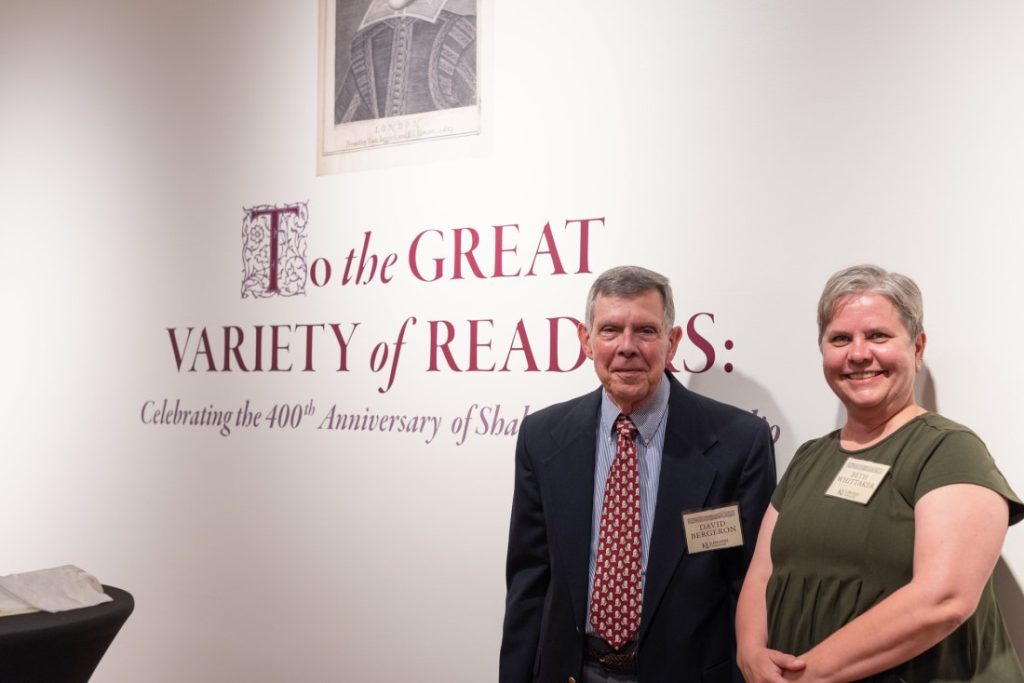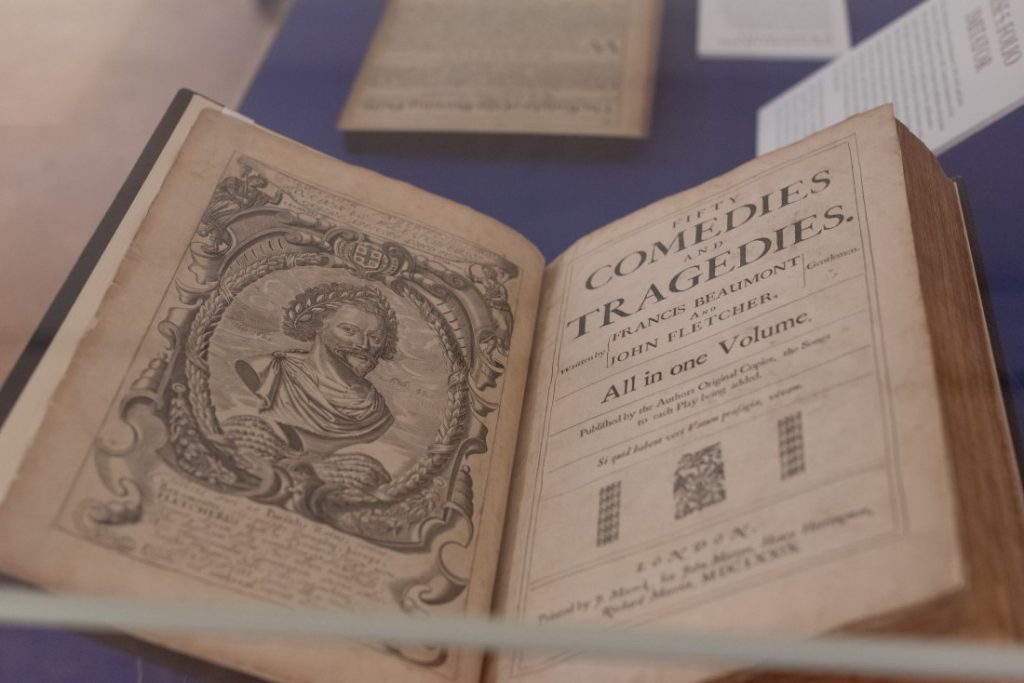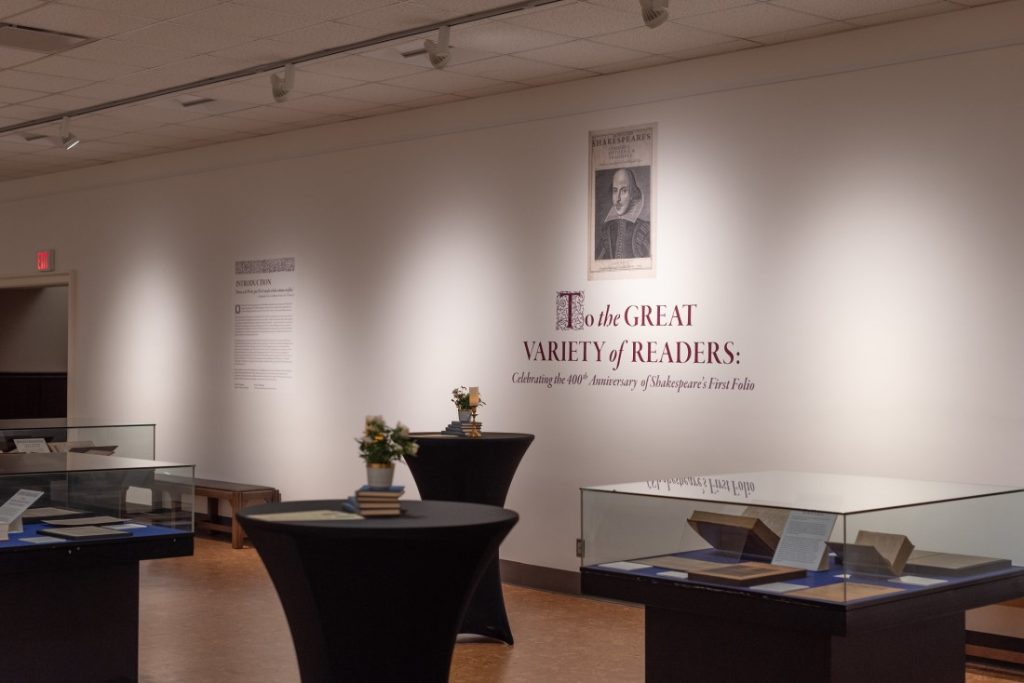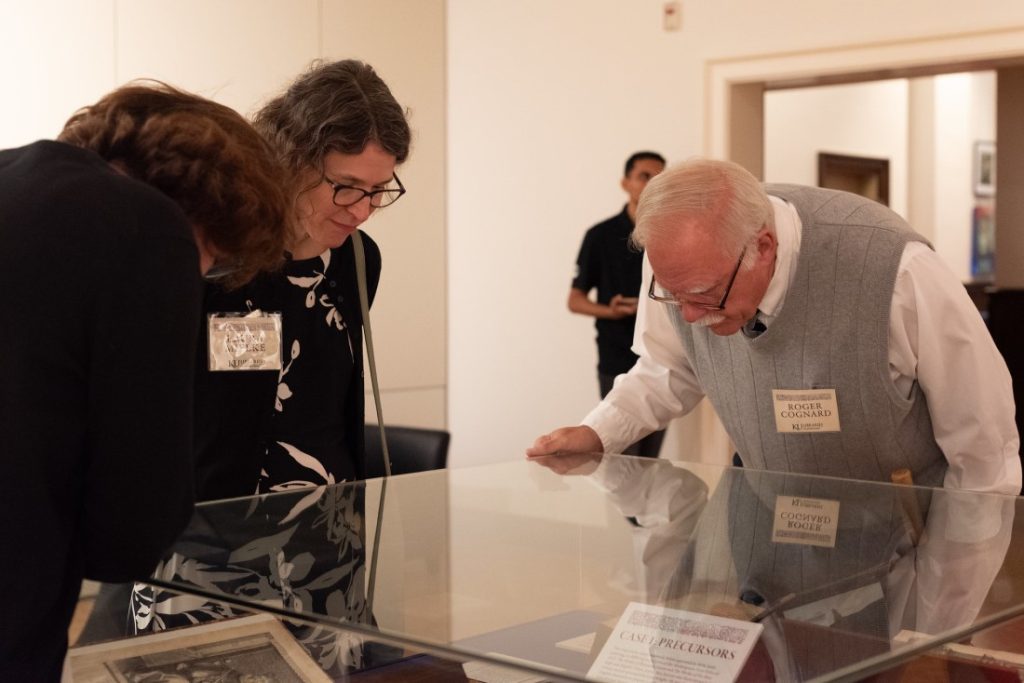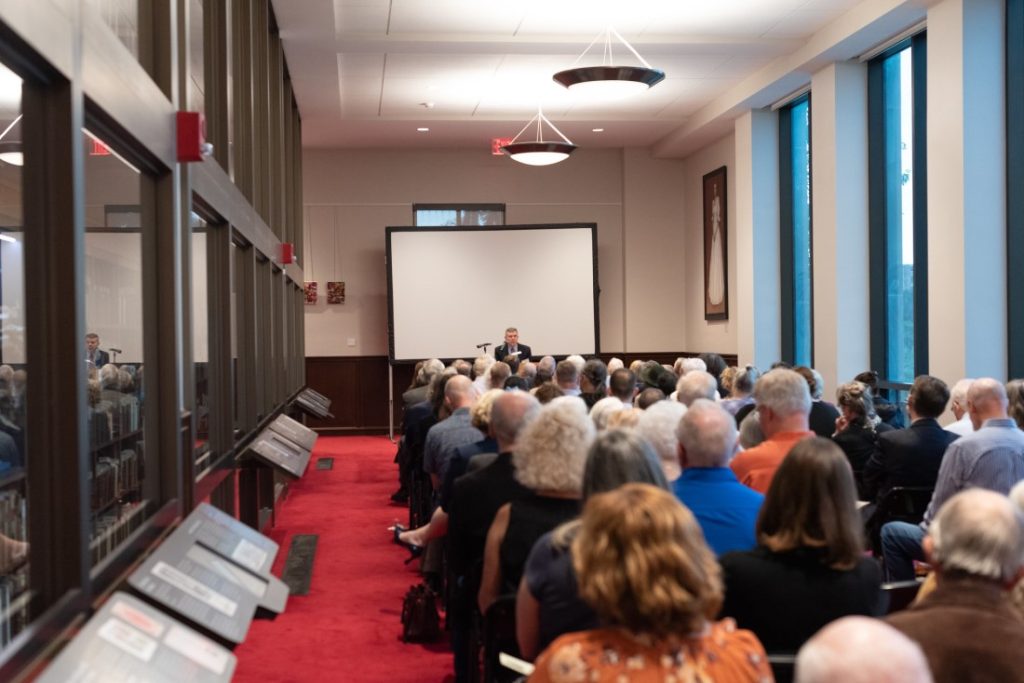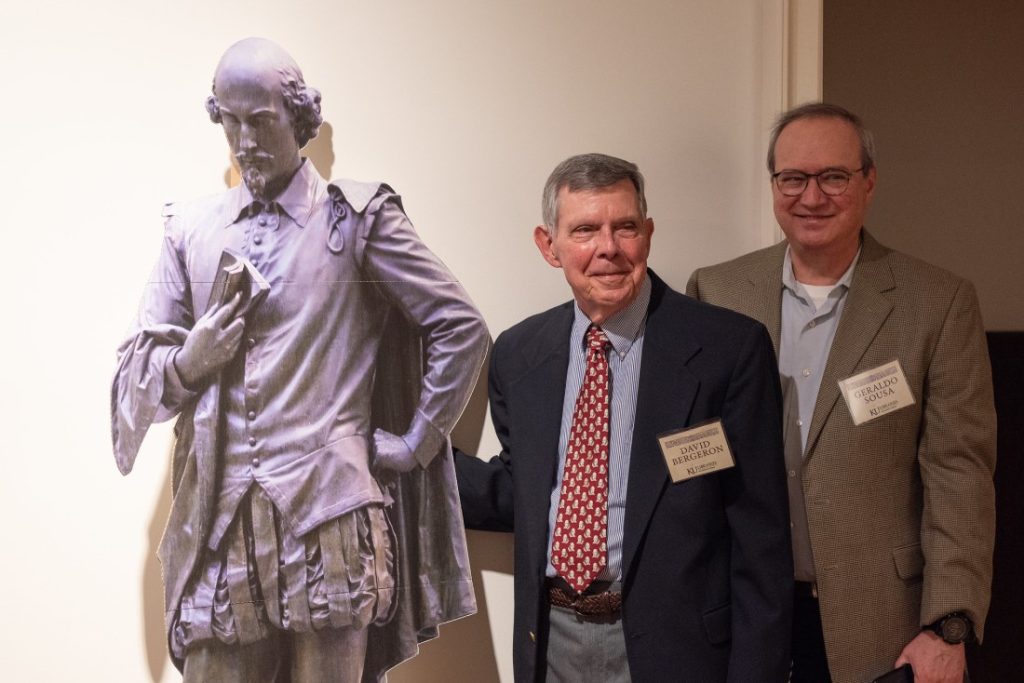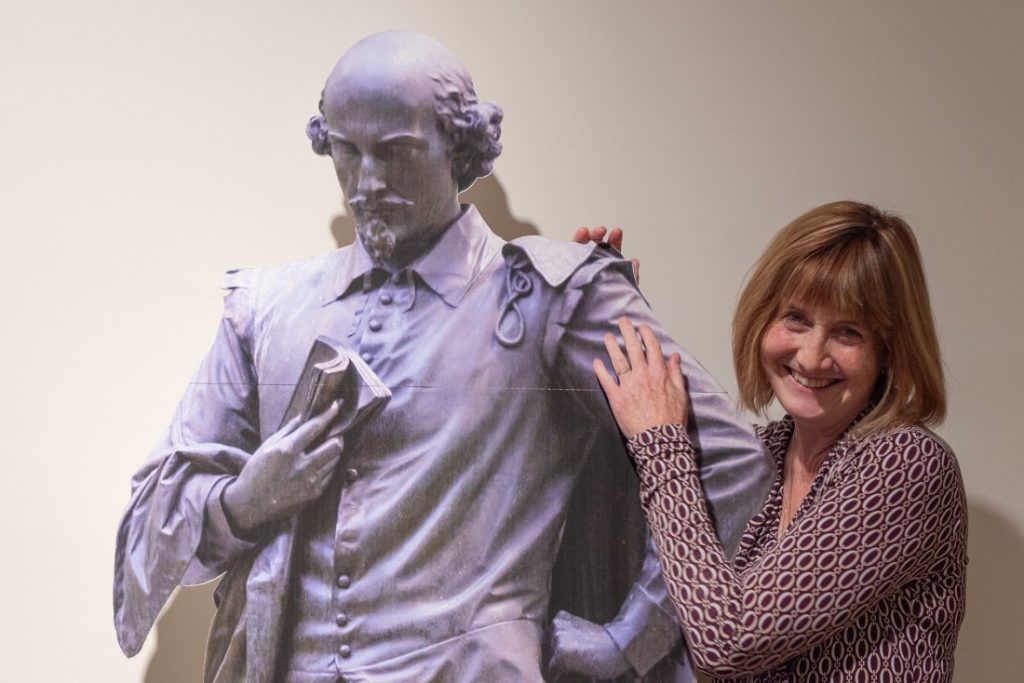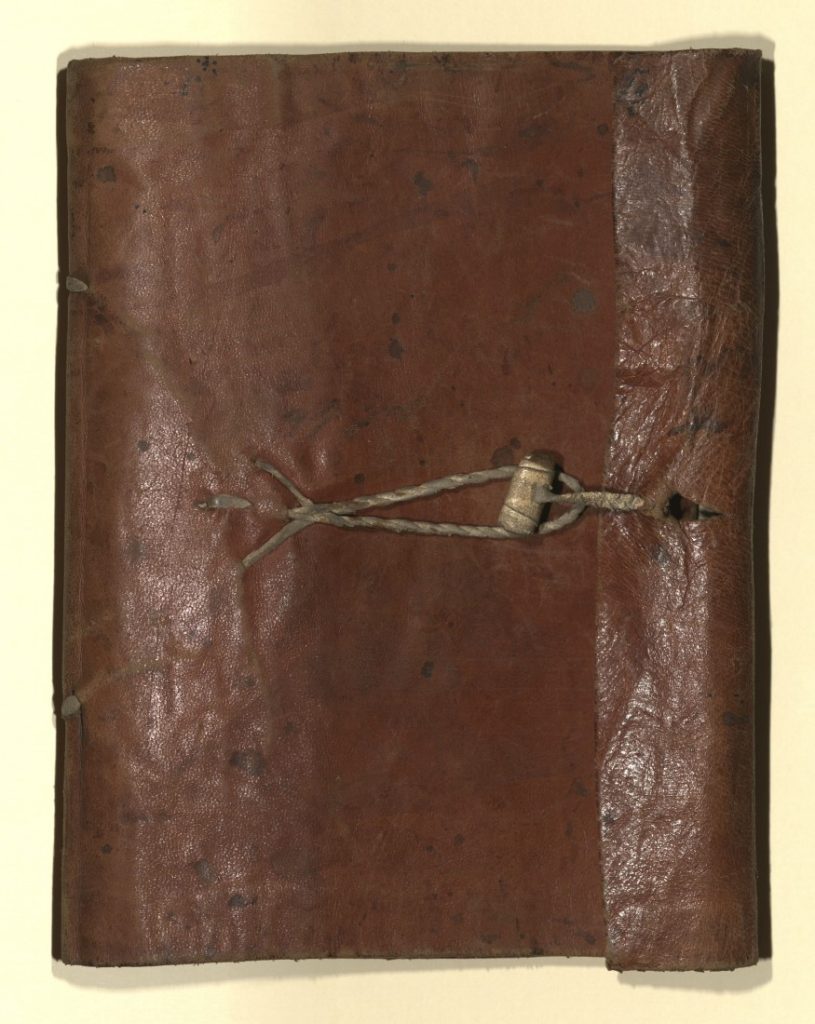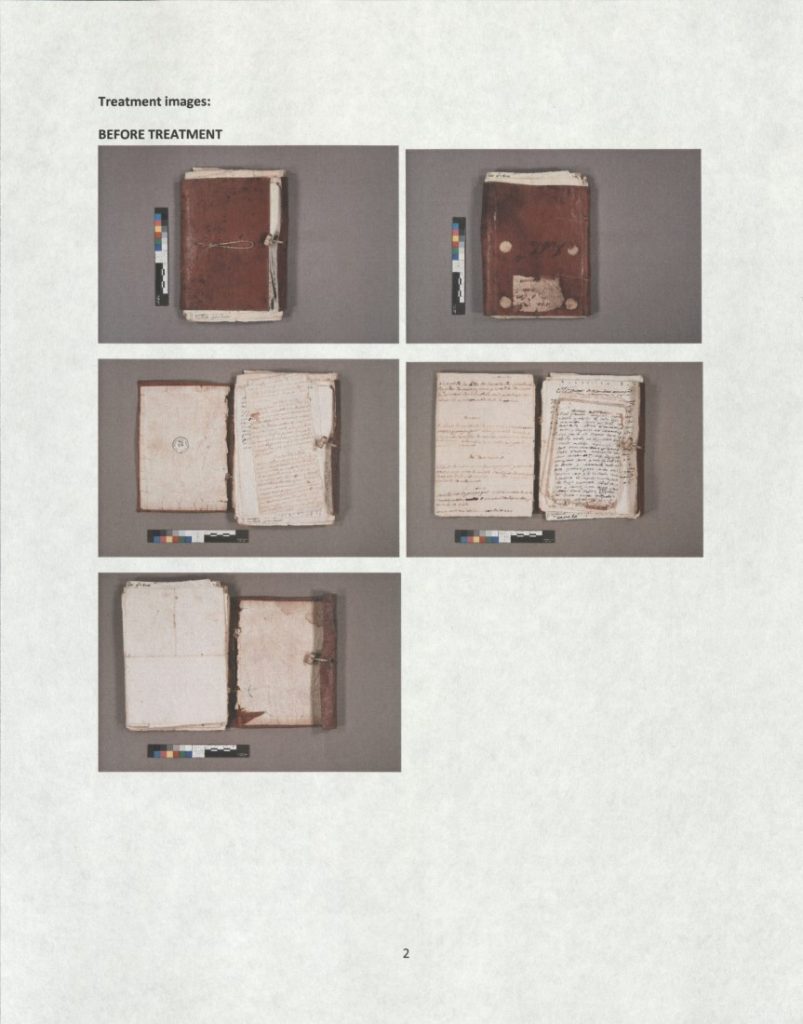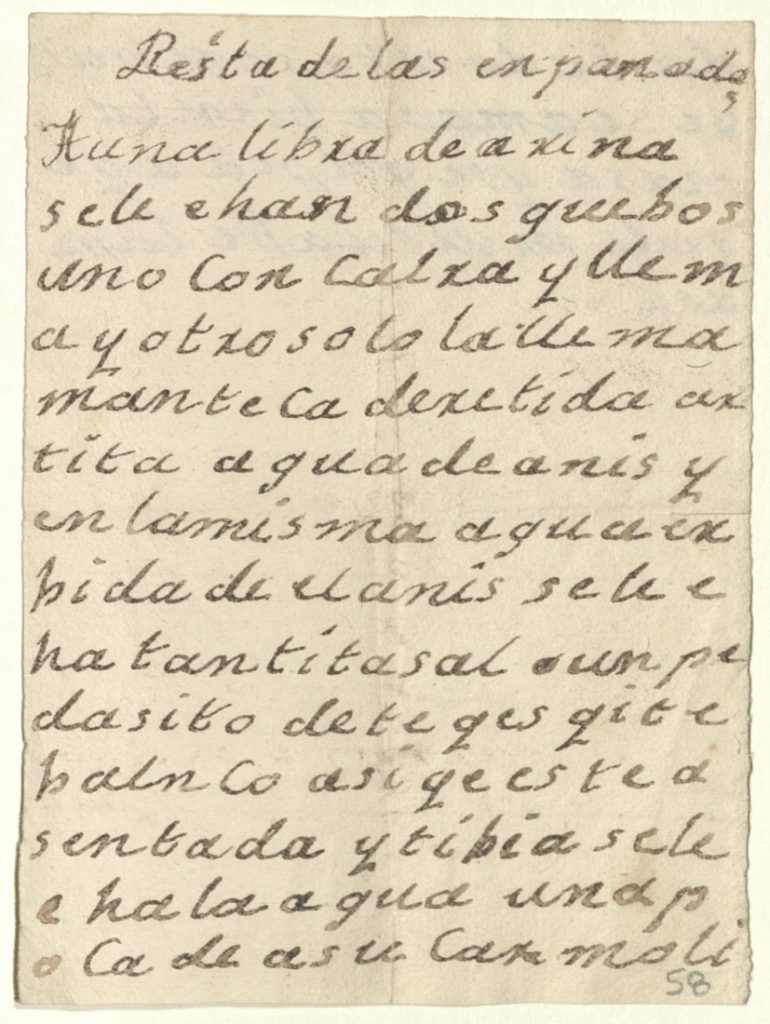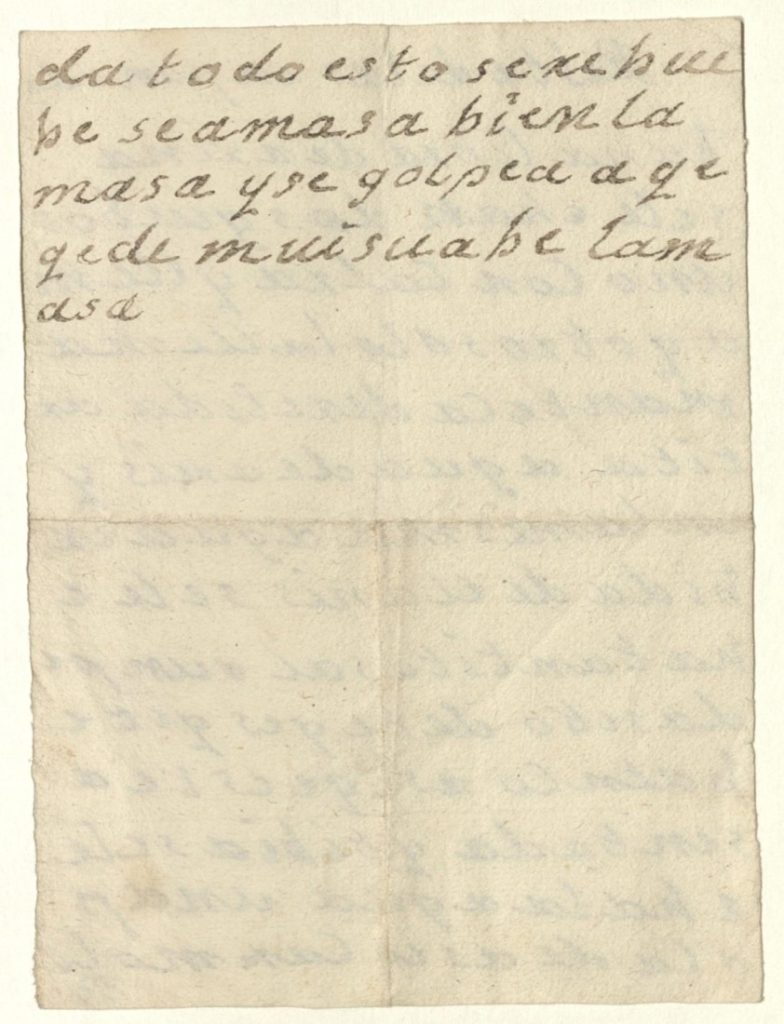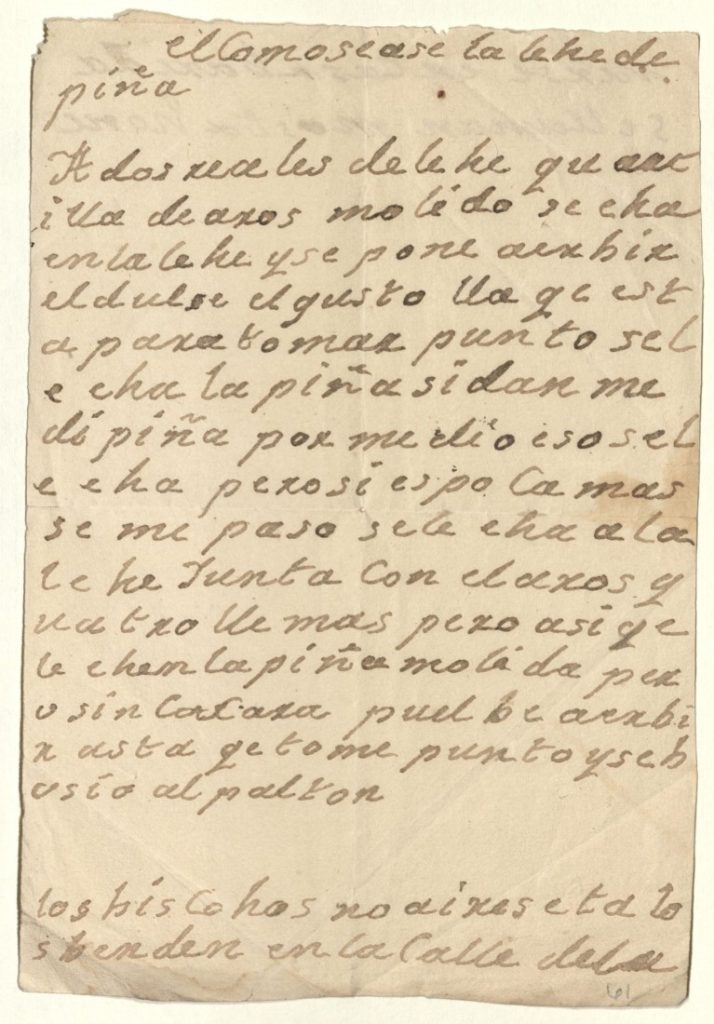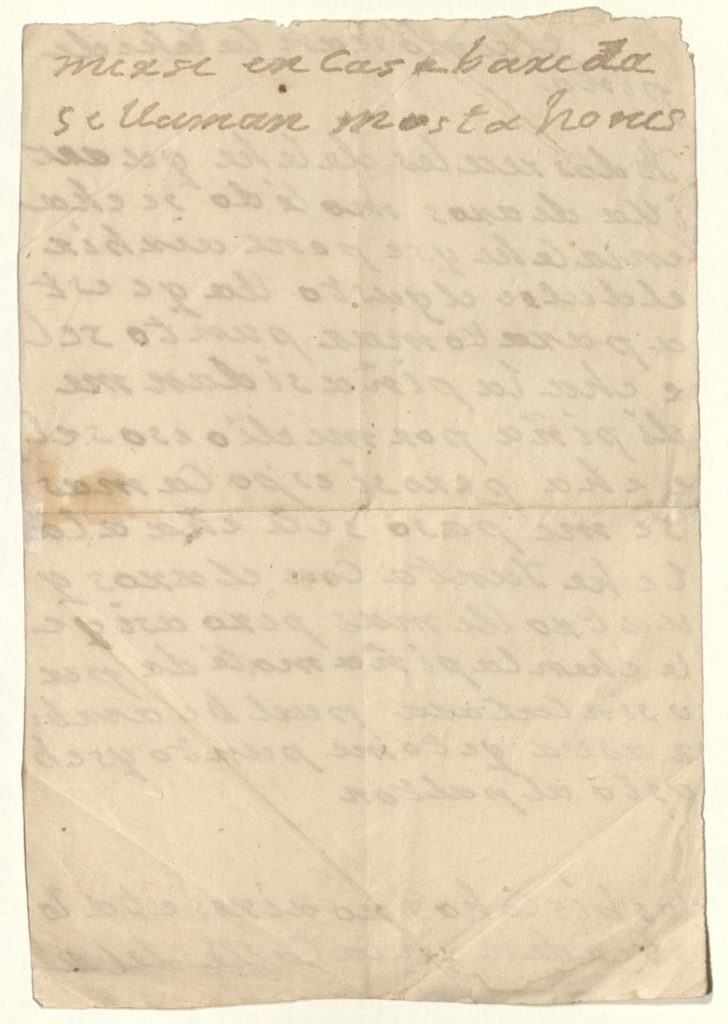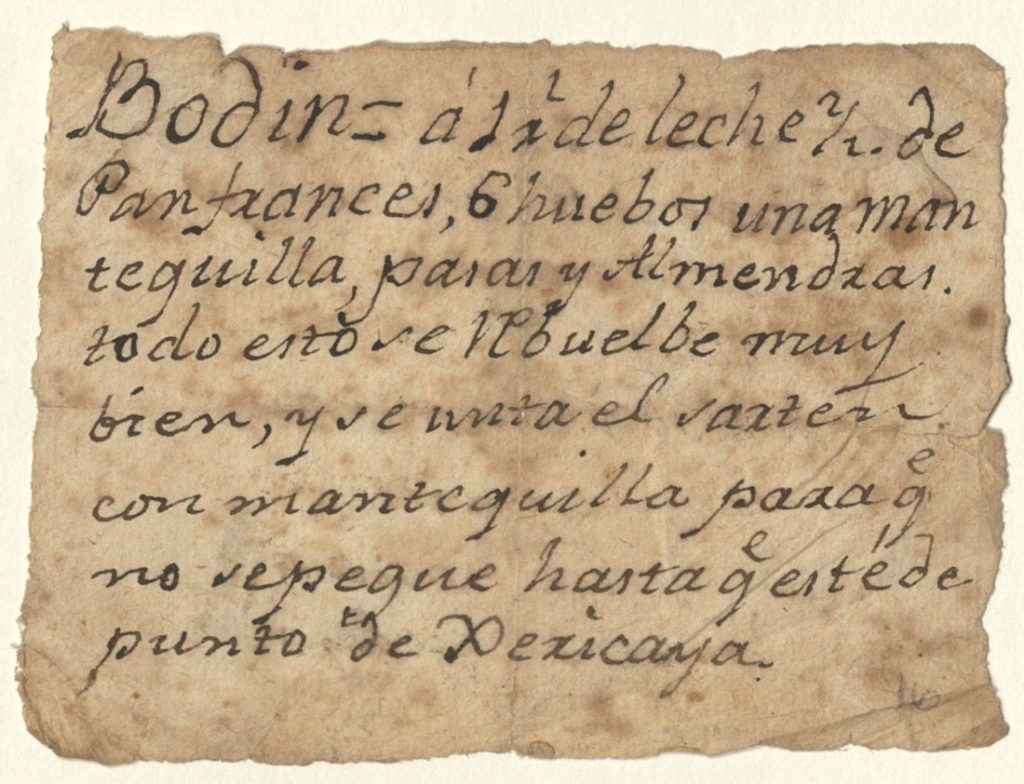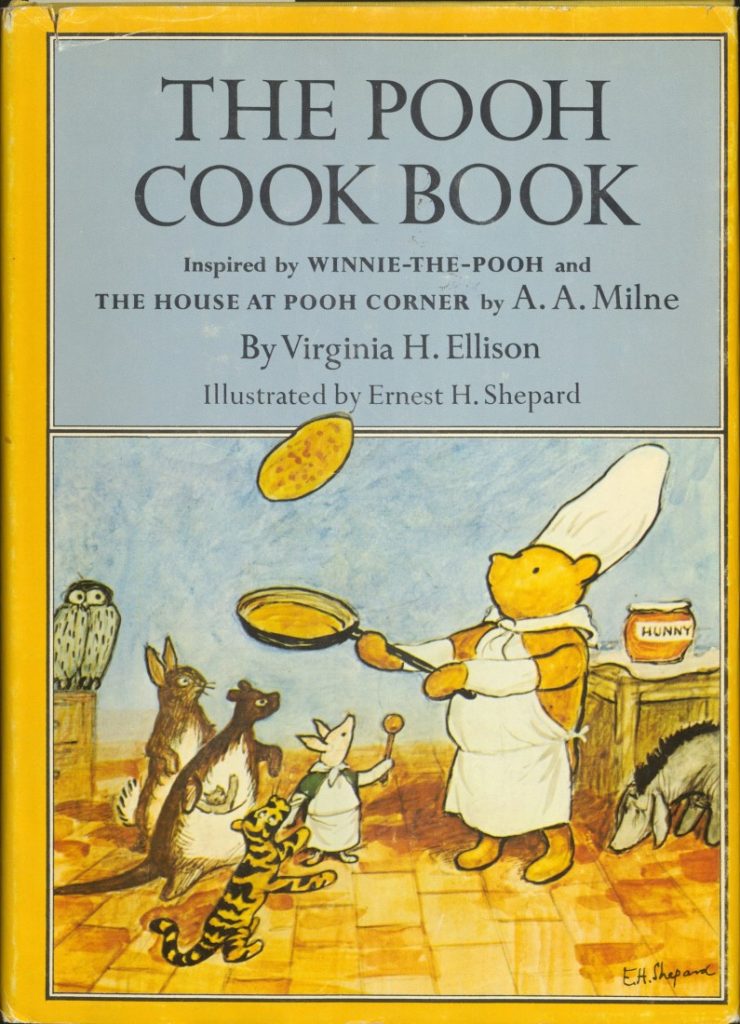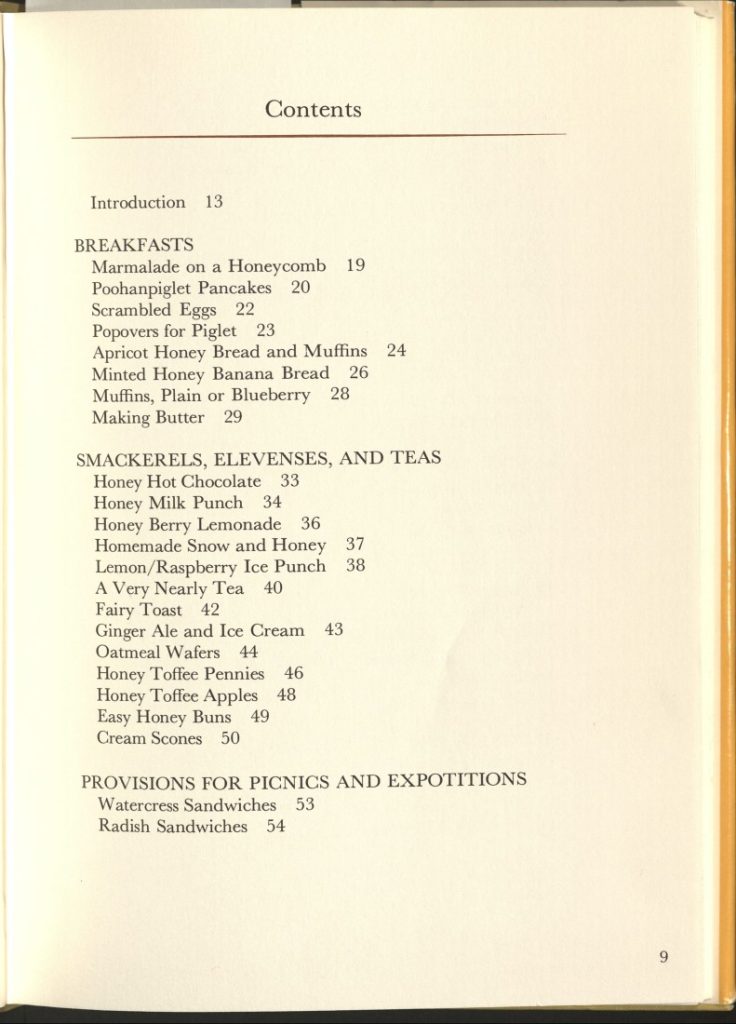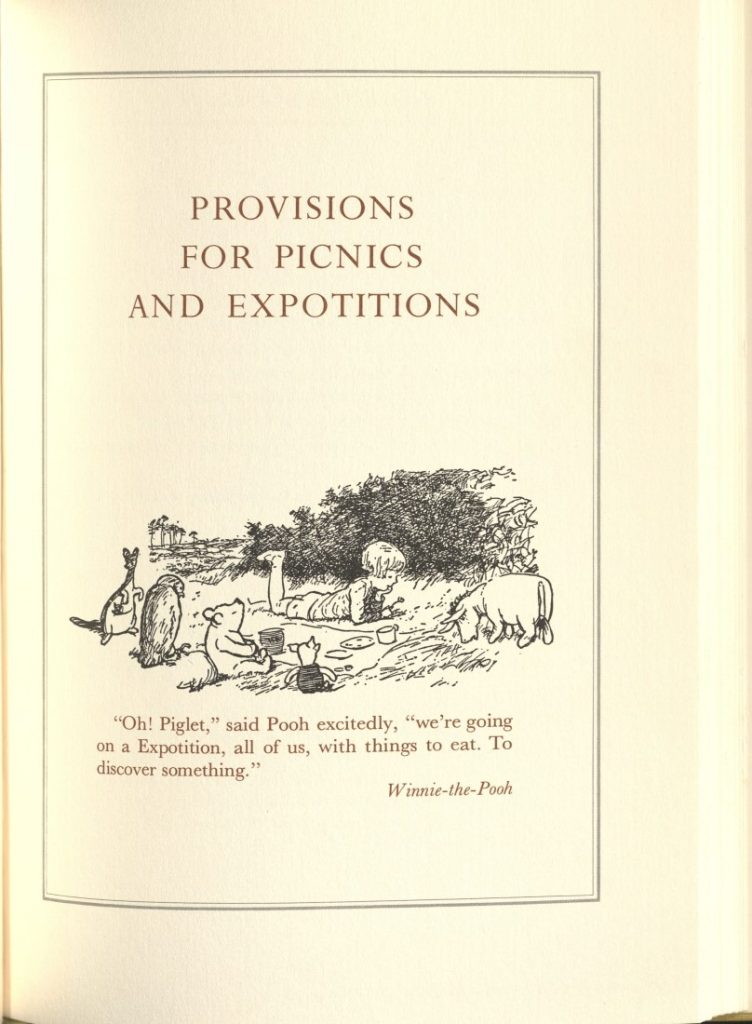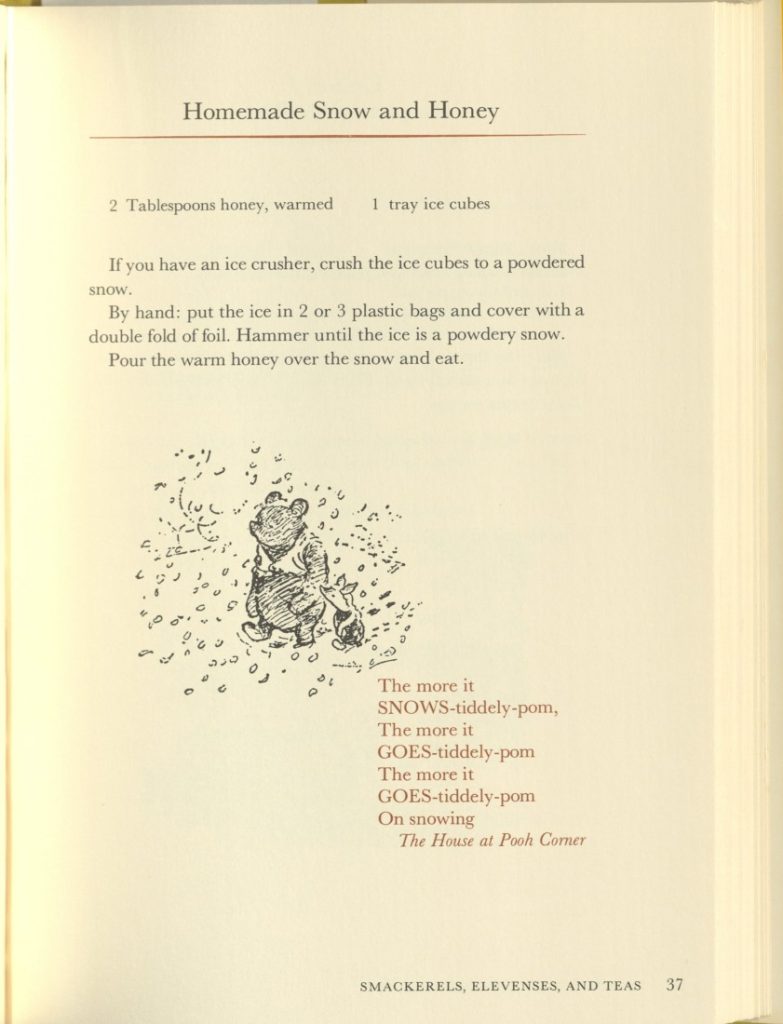That’s Distinctive!: Gremlins, Hobgoblins, and Scamps
October 20th, 2023Check the blog each Friday for a new “That’s Distinctive!” post. I created the series because I genuinely believe there is something in our collections for everyone, whether you’re writing a paper or just want to have a look. “That’s Distinctive!” will provide a more lighthearted glimpse into the diverse and unique materials at Spencer – including items that many people may not realize the library holds. If you have suggested topics for a future item feature or questions about the collections, feel free to leave a comment at the bottom of this page.
Rolling on with our spooky theme for October, this week I share Imps, Demons, Hobgoblins, Witches, Fairies & Elves by Leonard Baskin. Baskin (1922-2000) is best known for his illustrations, graphic arts, and sculptures. The website of Seattle’s Davidson Galleries notes that he was “committed to figurative art in a time when the art world focused on abstract expressionism. His work emphasized portraiture and the human condition, often malformed, exaggerated, and animal-like.” A biography on the website of the Smithsonian American Art Museum states that “Baskin’s work is represented in the collections of major museums in the United States and Europe, including the National Gallery of Art, the Victoria and Albert Museum, and the Whitney Museum of American Art. His graphic art and sculpture have been shown in exhibitions in the United States, England, France, and Austria. He is also the recipient of numerous graphic-design awards, including the Special Medal of Merit from the American Institute of Graphic Arts.” Other works illustrated by Baskin include Hosie’s Alphabet, Gods and Heroes of the Greeks: The Library of Apollodorus, and Under the North Star. More on Leonard Baskin can be found on Wikipedia.
The book highlighted in today’s post was published in 1984 and shares illustrations portraying various creatures from other works and Baskin’s own imagination. This volume was one of over 150 Leonard Baskin-related items donated by collector John C. English, Professor Emeritus of History and Political Science at Baker University. Prof. English’s gift of his Baskin Collection included twenty-two volumes published by Baskin’s Gehenna Press, as well as fine press and commercial books containing work by Baskin, exhibition catalogues, and ephemera. Below we share images of a Gremlin, Bloody Bones, and the Imp of the Perverse.
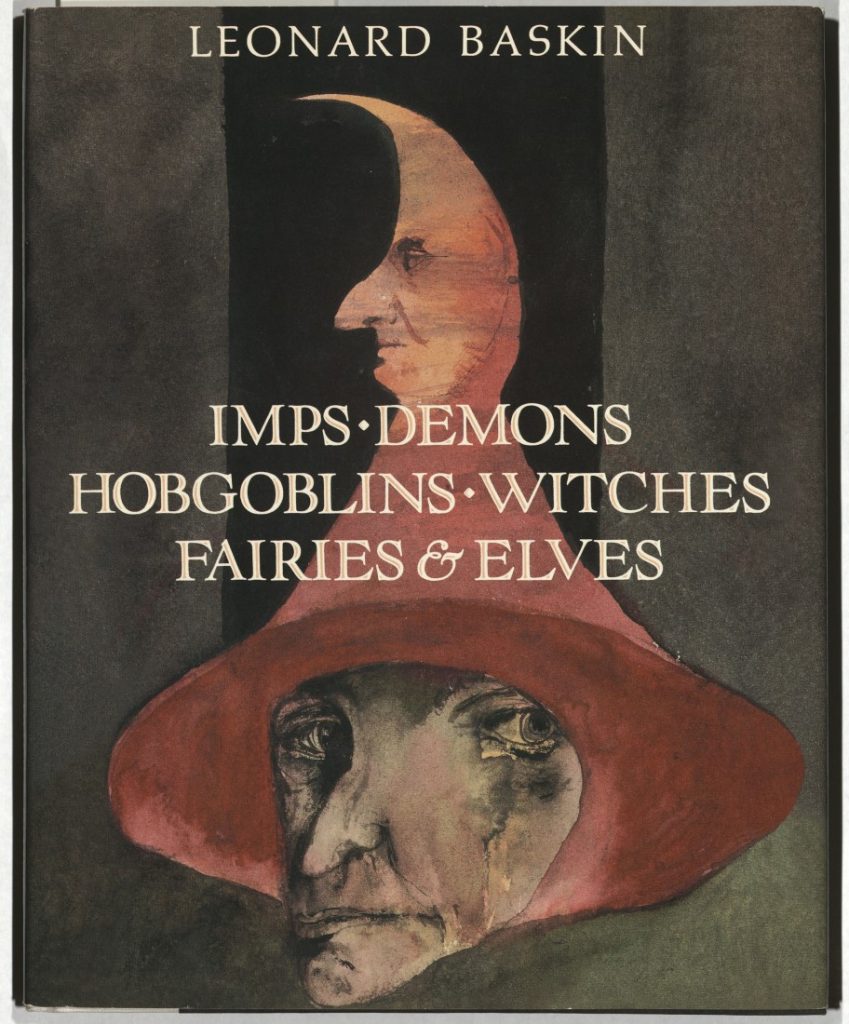
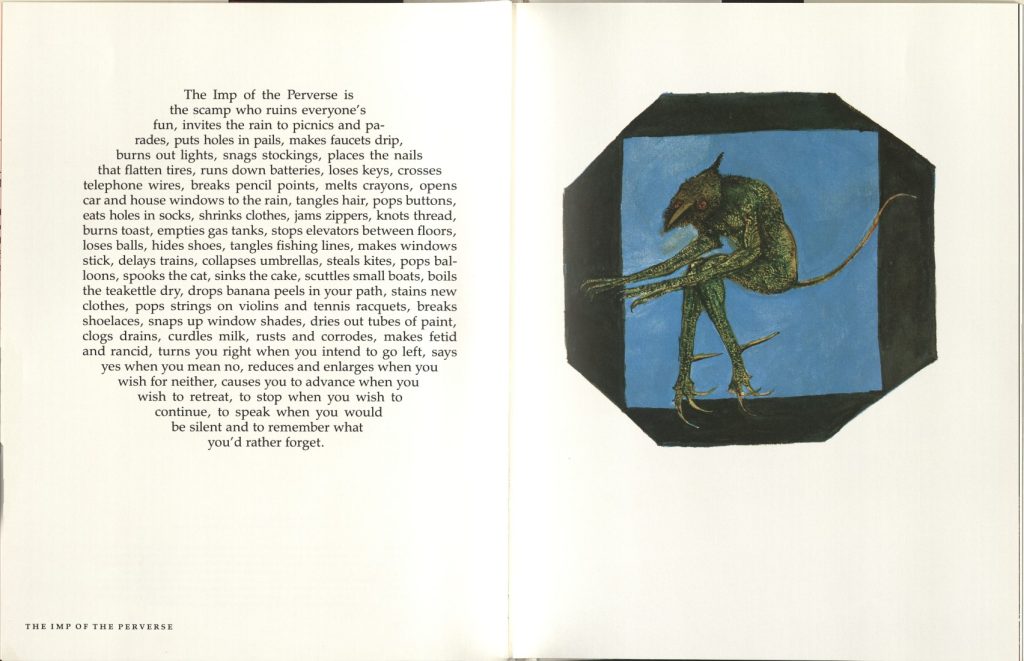
Tiffany McIntosh
Public Services

